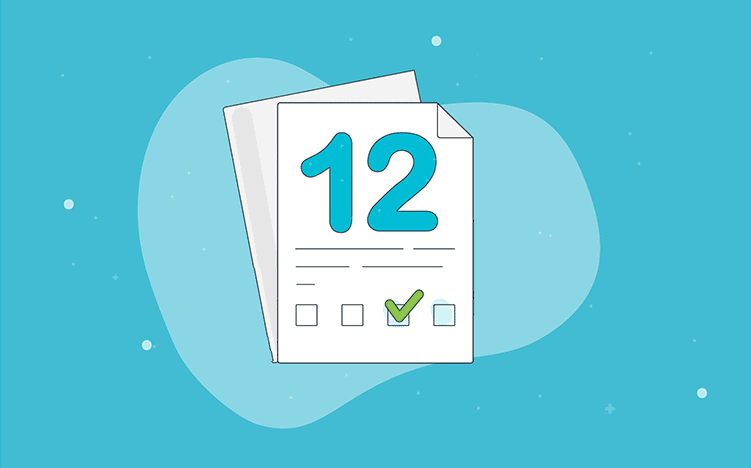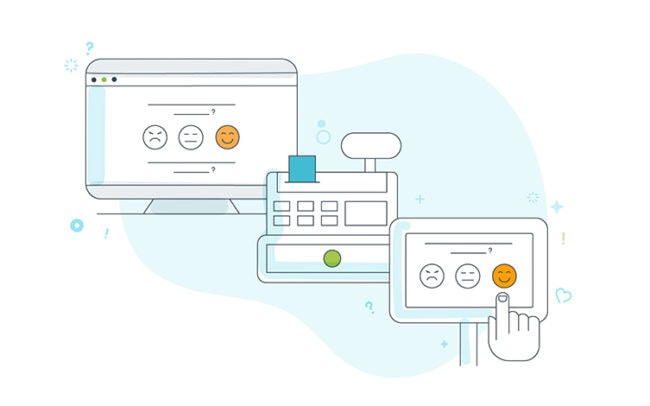1. Consider the location of your kiosk
The location of your survey kiosk will have a huge impact on the number of results you receive. Hiding your kiosk in a corner won’t bring many responses. Situate it in a high footfall area where it’s visible and easily accessible, but not in the way of other people.
2. Ensure questions are clear and concise
It’s important your customers understand the questions you’re asking. Keep them clear, concise, and complete. Always provide an option for those who the question doesn’t apply to. Don’t lead your respondents to avoid survey bias.
3. Get translations done professionally
If you’re deploying multi-lingual surveys, always ensure your translations are accurate and done by a professional translation agency or a native speaker. Google Translate might get the message across, but the meaning or context isn’t always interpreted correctly.
4. Consider cultural differences
It’s important you take cultural sensitivity into consideration when designing your satisfaction survey. Certain topics might be problematic and inappropriate. Getting your surveys translated by a professional or local will help account for cultural customs, norms, and avoid sensitive subjects.
5. Avoid designing lengthy surveys
Long surveys make people abandon the questionnaire or give random answers just to get it over and done with. Use question rotation or branching, and regularly check if the results of each question are useful.
6. Update questions regularly
Keep your survey fresh by updating some of your questions on a regular basis. Check if you’re receiving actionable insights from all questions, and if not, change them.
7. Review your survey design
Your survey is an extension of your brand, so its design should match it, and ultimately, encourage your customers to complete it. Incorporate your logo and have relevant images throughout for brand consistency. Make sure all questions and answers are readable.
8. Keep the structure of positive to negative answers, or vice versa
For instance, if you’re using multiple rating questions with a scale of 0-10, make sure “0” is on the left in every single one of them. Such consistency won’t cause your respondents to accidentally choose the wrong option.
9. Use images
Where possible, use visuals to keep the survey design interesting and user-friendly.

10. Include free text questions
Find out the reasons why behind respondents’ scores by including an open-ended question in your survey. Allow your customers to elaborate on their feedback and give you suggestions for improvement.
11. Keep your survey kiosk clean and in a good working order
Your customers will be more likely to fill in the questionnaire on a kiosk that is not dirty or broken. Especially if it’s located near the restrooms. Make sure your cleaning staff regularly disinfects the devices and looks after them.
12. Ask for contact details. And always follow up!
Your follow-up strategy is crucial to improving customer satisfaction and retaining your customer base. At the end of your survey ask your respondents if they would like to leave their contact details for one of your employees to get in touch with them. Never ignore customers who expressed their interest in speaking to you again. They expect to be contacted soon and will be left disappointed if you don’t.
The Avius team can help or provide advice for all of the above. Get in touch if you have any queries.
By Caroline Hawksworth
 Join us at IAAPA Expo in Barcelona, Spain. Booth 2-1730. 22-26 September.
Join us at IAAPA Expo in Barcelona, Spain. Booth 2-1730. 22-26 September.

